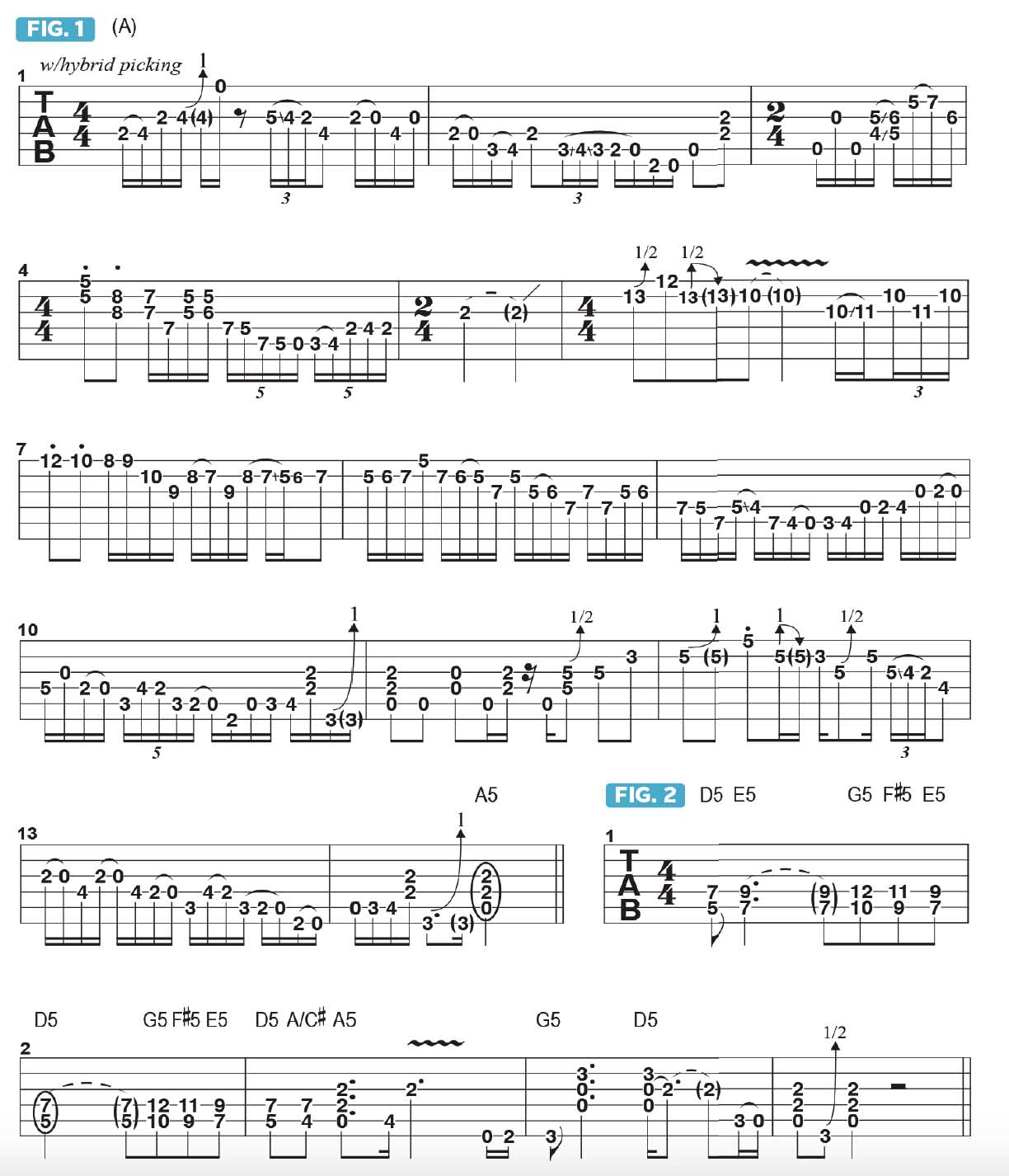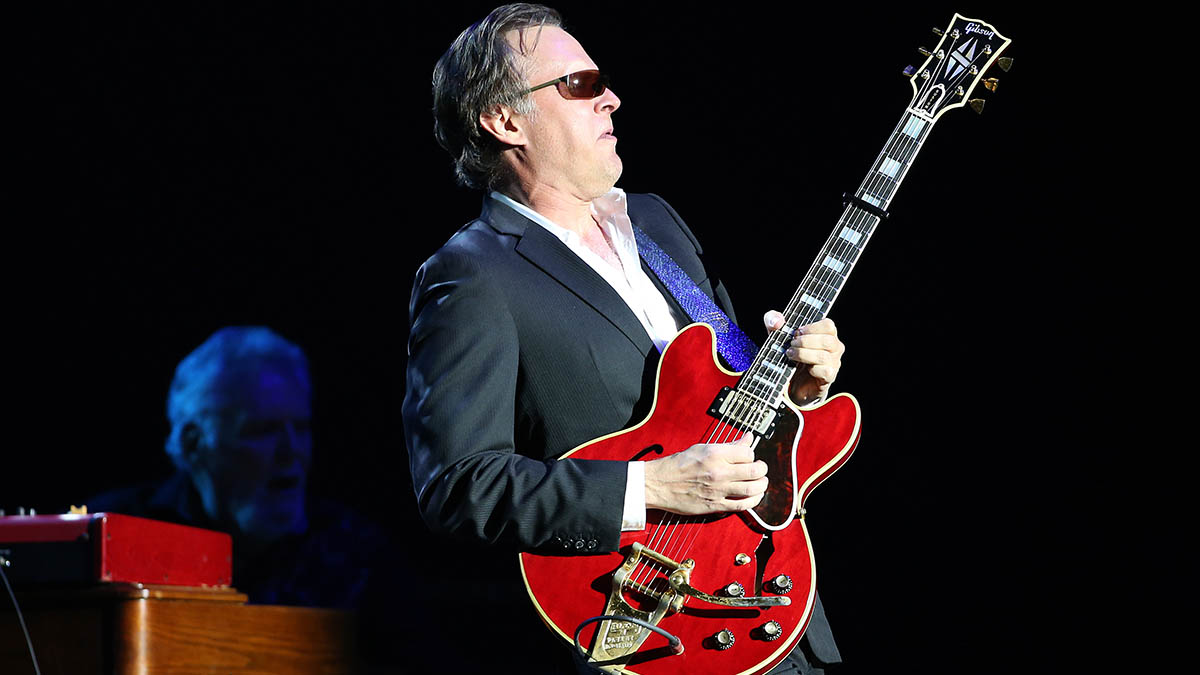“The most well-known user of this instrument was universally beloved for having one of the heaviest guitar tones of all time”: Joe Bonamassa explains why you can rule the world with one pickup
In this video lesson inspired by Leslie West, Joe Bonamassa puts his 1957 Gibson Les Paul Junior through its paces with riffs and licks that make good use of open strings
The 1957 Les Paul Junior is a guitar I really love. The most well-known user of this instrument was Mountain guitarist Leslie West, who was universally beloved for having one of the heaviest guitar tones of all time. But there are many different sounds, both ultra-clean and distorted, that this instrument can provide, making it a perfect choice for just about any type of guitar-based music.
I treat the Les Paul Junior like a Fender Esquire, in that you can get a ton of different sounds out of a simple guitar fitted with one pickup, one volume control and one tone control. In the case of the Junior, it is fitted with a P90, which is a large, high-output single coil pickup.
Like an Esquire, the Junior works well for country-style guitar, as demonstrated by the licks shown in Figure 1. This 14-bar solo begins on beats 1 and 2 with a “country approved” phrase based on the A major pentatonic scale (A, B, C#, E, F#), after which I bring in C natural as a passing tone between C# and B, as well as G, via the open G string. The G note sounds great, as it implies an A7 chord (A, C#, E, G) and lends a bluesy feeling to the lines.
In bar 4, I switch to the A blues scale (A, C, D, Eb, E, G), initiated by partial barres across the high E and B strings, as well as the B and G strings. In bars 7-9, I expand the melodic lines to include F# and F natural.
Bringing in the F# evokes the sound of A Mixolydian (A, B, C#, D, E, F#, G), and, in the phrases played here, I use C natural and F natural as passing tones moving up to C# and F#, respectively.

Bar 13 into 14 is built from a “rolling” descending line that makes use of the open G, D, A and low E strings, as I move quickly between my fret-hand index and ring fingers.
If you turn the guitar up, the sound is perfect for root-5th power chords, as I demonstrate in Figure 2. Leslie created many of Mountain’s most iconic riffs from these simple two-note chords played on a Junior, such as those in Mississippi Queen, Nantucket Sleighride and many others.
If you turn the guitar’s tone knob all the way down, as I demonstrate in Figure 3, you can emulate the “woman tone” Eric Clapton makes use of on Cream songs like I Feel Free and Sunshine of Your Love. These licks are based on A minor pentatonic played up in 12th position, transitioning down to 10th position.

Back in 1957, the instrument was only available in sunburst or “TV yellow,” so named so that you could see it on this new contraption called black and white television.
Gibson and Epiphone both make great reissues of this classic instrument, so no need to break the bank when picking up a Les Paul Junior. Armed with one, you can rule the world.
Get The Pick Newsletter
All the latest guitar news, interviews, lessons, reviews, deals and more, direct to your inbox!
Joe Bonamassa is one of the world’s most popular and successful blues-rock guitarists – not to mention a top producer and de facto ambassador of the blues (and of the guitar in general).
“There are so many sounds to be discovered when you get away from using a pick”: Jared James Nichols shows you how to add “snap, crackle and pop” to your playing with banjo rolls and string snaps
How to find new approaches to blues soloing – using fingerstyle improv ideas and Roy Buchanan-inspired licks








![Joe Bonamassa [left] wears a deep blue suit and polka-dotted shirt and plays his green refin Strat; the late Irish blues legend Rory Gallagher [right] screams and inflicts some punishment on his heavily worn number one Stratocaster.](https://cdn.mos.cms.futurecdn.net/cw28h7UBcTVfTLs7p7eiLe.jpg)


